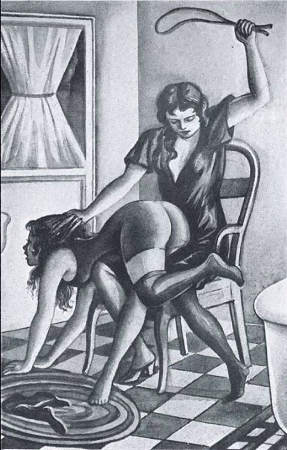Black and white

In art, photography, and film, black and white refers to works that are not "in color". This includes:
- works that use only the two colors black and white (e.g. an inked drawing or a woodcut)
- works in greyscale (e.g. a pencil drawing or a photograph)
Black-and-white art is the base of monochrome art. In monochrome, only a single color (plus any shade of that color mixed with black or white) is used. Old black-and-white photographs often were, or have become, monochrome as they were originally in monochrome sepia color instead of a pure grayscale, or have turned brownish with age. This effect, which adds to the "vintage" feeling of a work, can also be easily achieved with digital images on a computer.
Black-and-white art can be colorized afterwards. This is often done for cartoons and comics (in the simplest case, only some of the white areas in the picture are filled with a solid color), but can also be done for black-and-white photos and even films.
See also
Chat rooms • What links here • Copyright info • Contact information • Category:Root